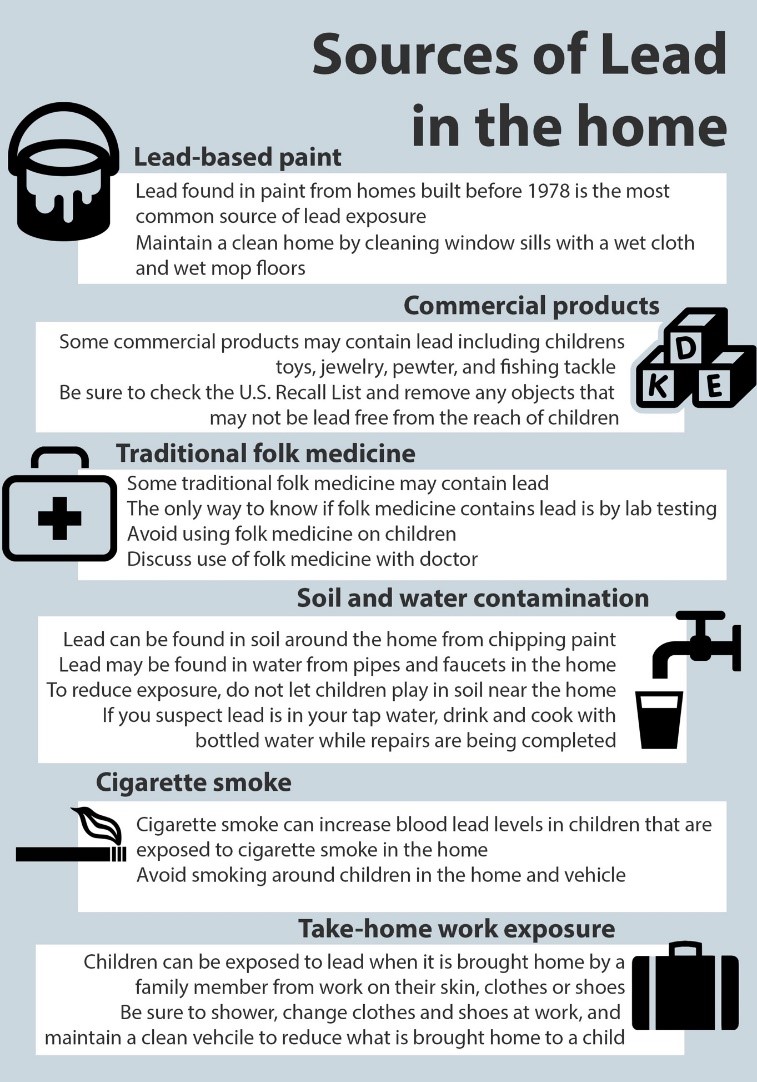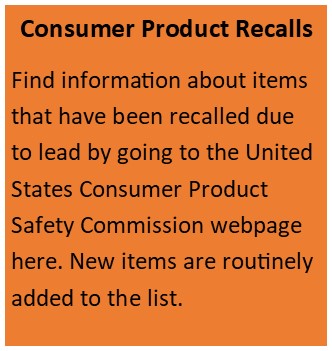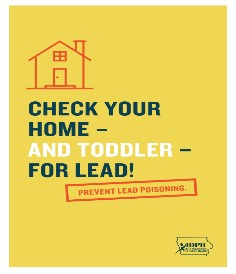Identifying Risk

The Centers for Disease Control and Prevention (CDC) estimates 24 million housing units nationally have deteriorated lead-based paint and elevated levels of lead-contaminated house dust. Over 4 million of these dwellings are home to one or more young children (CDC 2012).
Most of Iowa's pre-1978 homes contain some lead-based paint. Assume your house still has some lead present if it was built before 1978, even if it has been renovated or repainted. Young children who live in pre-1978 homes can become lead poisoned when they get house dust and soil on their hands and put their hands in their mouths, when they breathe in lead dust, or when they put paint chips, exterior soil or items containing lead in their mouth. Large amounts of lead dust and debris can result when older homes are remodeled, repaired or painted. You should routinely check your home for possible lead hazards and check the United States Consumer Product Safety Commission recall list.
Your child’s risk of lead exposure may also be higher if the child:
- lives in a poorly maintained house or rental property
- is low income or living in poverty
- is a member of a racial or ethnic minority group
- is a recent immigrant, refugee or was adopted from a foreign country
- is in foster care
- has a mental or behavioral disorder that increases mouthing
- has parents who are exposed to lead at work
Having one or more of these conditions does not predict risk in every community, and children in these groups may not be exposed to lead and may not have elevated blood lead levels. Only a blood test can determine whether a child has lead poisoning.



For more information on lead poisoning contact us at 1-800-972-2026 or online at Contact Us.